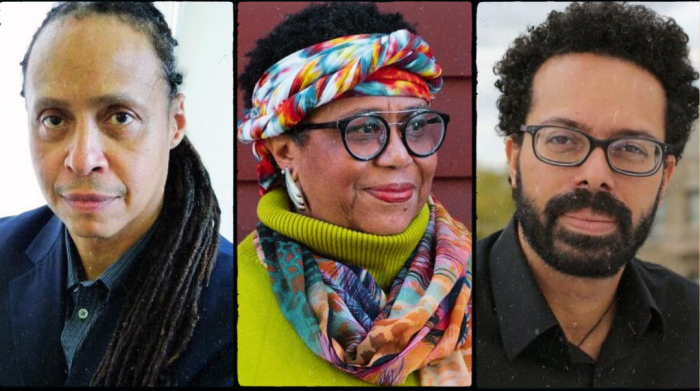BY Joe Daniels
Less than six months from now, a new era will begin in Lower Manhattan, one that pays tribute to its past as it looks toward the future.
On September 11, 2011, the 10th anniversary of the 9/11 attacks, the National September 11 Memorial will open to victims’ families in honor and remembrance of the nearly 3,000 men, women and children stripped away from loved ones by murderous terrorists.
A day later, on September 12, the memorial will open to the general public, marking their return to the World Trade Center site for the first time in 10 years. Visitors from around the globe are expected to make a pilgrimage to New York to visit the memorial.
Already, nearly six million people visit Lower Manhattan each year. Many of the millions of annual visitors projected to travel to the memorial in its first year are people already planning to come to Downtown. As a Downtown resident myself, though, I know how important it is to ensure that life and work in our neighborhood remains as uninterrupted as possible by memorial operations. With that in mind, the memorial has been working closely with the NYC Department of Transportation, and will promote the use of mass transit and ensure the plans we implement impact the Downtown community as minimally as possible.
As a local resident, I have seen firsthand the challenges that this community has gone through to get to this point in the rebuilding process. However, I also see it as a privilege to be living here in this area at such an important and historic time and place.
As we work to prepare to welcome the memorial’s many visitors, I’m reminded of a time that in some ways feels much more than just 10 years ago, when the energy at the W.T.C. was a beacon not just for this city, but for the entire world. The Twin Towers were the literal and figurative apex of the W.T.C.: 10s of thousands of people reported to work there every day, and 10s of thousands more visitors filled the plaza and surrounding streets daily. We all remember the incomparable feeling of standing on Tobin Plaza and looking up.
Visitors to the Memorial will instead look out over the two reflecting pools—each nearly an acre in size—set in the footprints of the Towers. A canopy of trees—more than 140 have already been planted on site—will rise overhead. Around the pools, the names of the victims will appear in bronze. Many of those bronze panels have already been installed on site, carefully wrapped in protective coverings prior to memorial’s opening. As construction progresses on our site, it also continues on the surrounding towers, reminding us that the new W.T.C. site will contain all the signature elements of the original: commercial space, retail, and public transportation connections.
Tourism has always been a great economic benefit for businesses in NYC, and tourism to the city has consistently increased each year since 2003. Last year, the city welcomed nearly 50 million visitors, who spent an estimated $31 billion. Tourism also has played a major role in the economic vitality of Lower Manhattan and, as vital as it was before 9/11, it became even more so afterward, helping to revive a stalwart business community devastated in the weeks, months – in some cases, years – after the attacks.
Recognizing this emotional 9/11 connection between businesses and the Downtown community, the 9/11 Memorial established the “Signs of Support” campaign, through which we support businesses that support the Memorial (911memorial.org/SOS). I invite all local businesses to become part of this program to remind residents and visitors alike how this community came together in the wake of the attacks.
We will have a lot of news to share as we prepare to open, and we look forward to keeping the Downtown community informed on progress and plans that may interest residents and workers.
On September 11, 2011, the eyes of the world will turn to the W.T.C. site, and we look forward to delivering a memorial that both honors those who were lost and signifies hope for the future.
Joe Daniels is President and CEO of the National September 11 Memorial & Museum


















